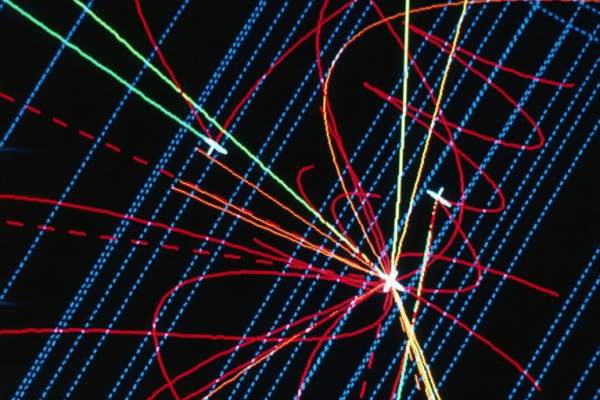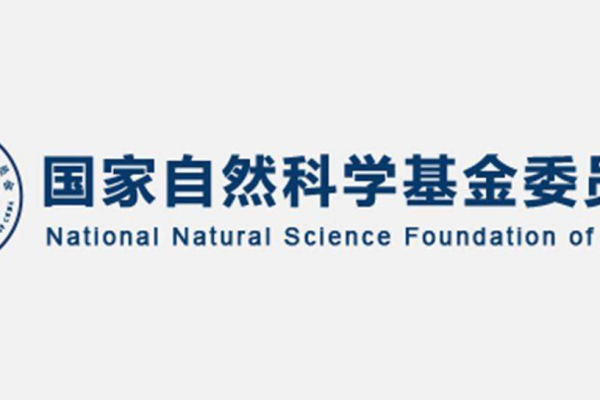Chip发表华中科技大学张新亮团队最新成果:片上全光时空解扰器
FUTURE远见| 2023-05-29
Future|远见
Future|远见future选编

作为光纤通信系统中补偿信号串扰不可或缺的部分,传统数字多入多出(MIMO)信号处理器面临计算复杂度高、功耗大和处理速度相对较低等挑战。光学器件具有低延迟、低功耗、大带宽等优势,全光MIMO的方案被提出来解决这些限制。然而,现有的光学MIMO方案都局限于空间维度,忽略了时间维度。由于不同模式的信号在光纤中传输存在速度差异(群延时),从而引起模间色散,实际通信系统中不可避免的存在时间维度的串扰。
因此,作者设计了一种四通道光子时间-空间解扰器芯片,并使用25 Gbps的开关键控(OOK)信号实验验证了其MIMO功能。输入信号会先经过两个由定向耦合器构成的空间串扰单元以及它们之间的延时单元,从而引入时空串扰。解扰器则由两个基于马赫-曾德尔干涉仪(MZI)网格的4 × 4光学酉矩阵单元,以及具有不同长度的光学延迟线组成,分别用于空间解耦和延迟补偿(图1)。
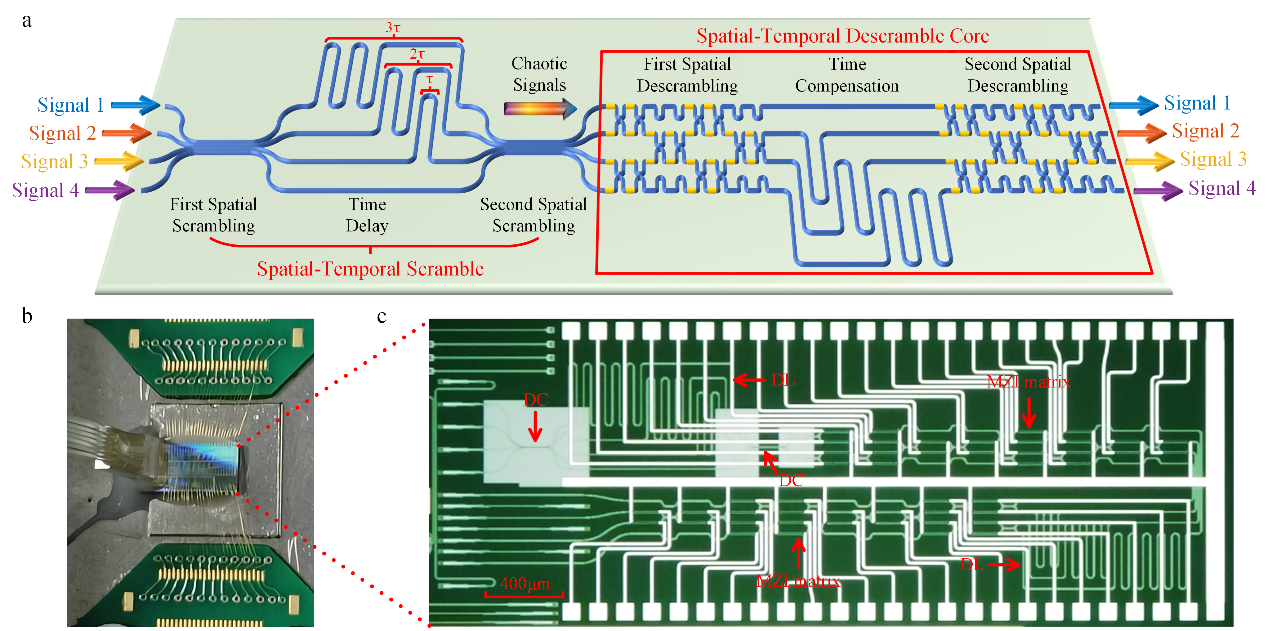 图1 |全光时空解扰器原理图,光电封装后的芯片及其显微镜图。
图1 |全光时空解扰器原理图,光电封装后的芯片及其显微镜图。借助以往工作中所使用的梯度下降算法¹⁻⁵,该解扰器可以被优化到目标状态,且无需任何内部信息。图2为单通道时空解扰的优化过程及实验结果,随着迭代的进行,输出信号的消光比和波形将逐渐得到优化。图3展示了四通道解扰的实验结果,该解扰器不仅可以补偿信号的时空串扰,还可以通过配置MZI网络中各个热电极的电压,实现对信号不同路由状态的切换。本研究首次将光学解扰的范围拓展到时间维度,为实现全光MIMO信号处理提供了新的机会。
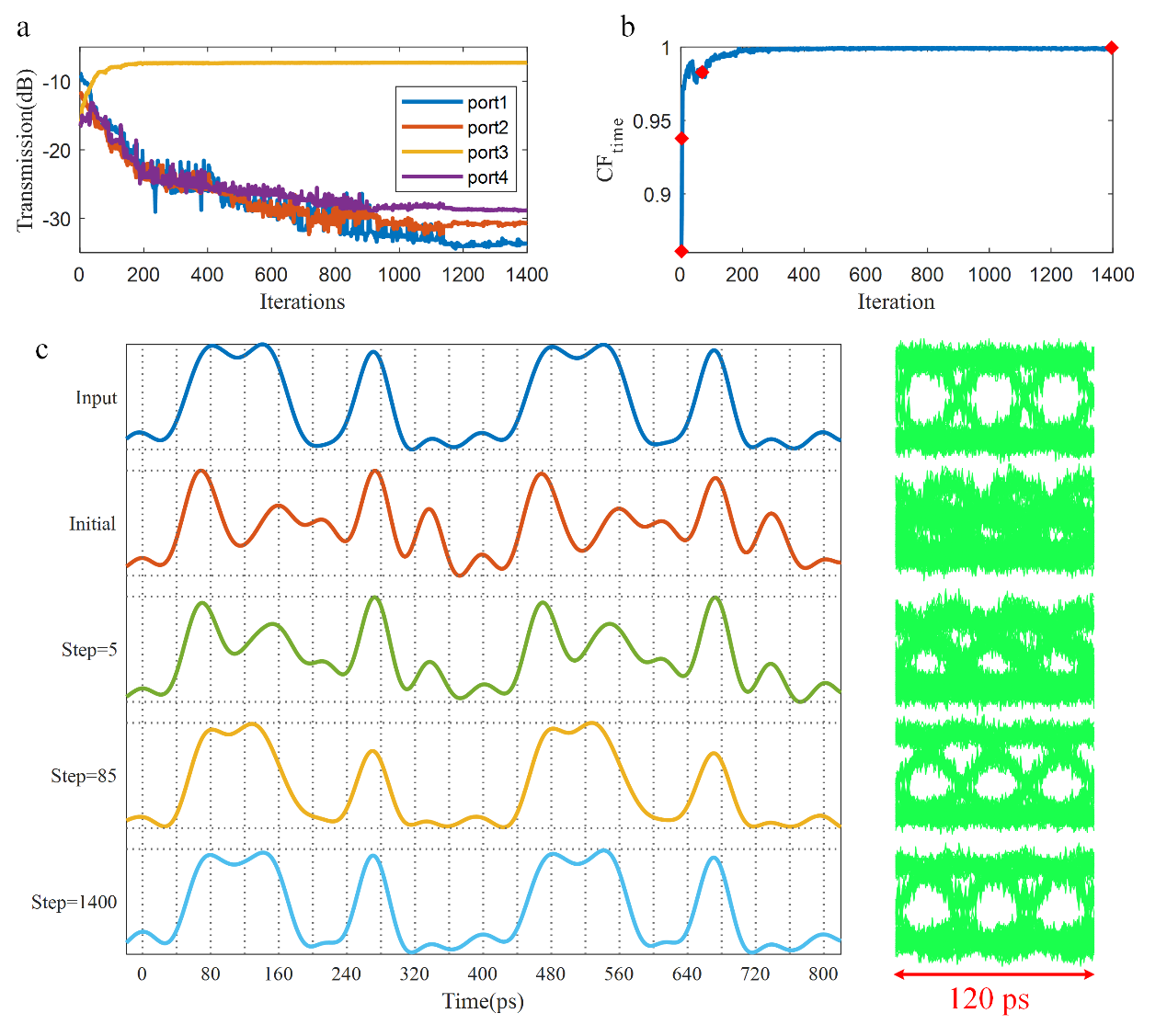 图2 |单通道时空解扰的优化过程及实验结果。
图2 |单通道时空解扰的优化过程及实验结果。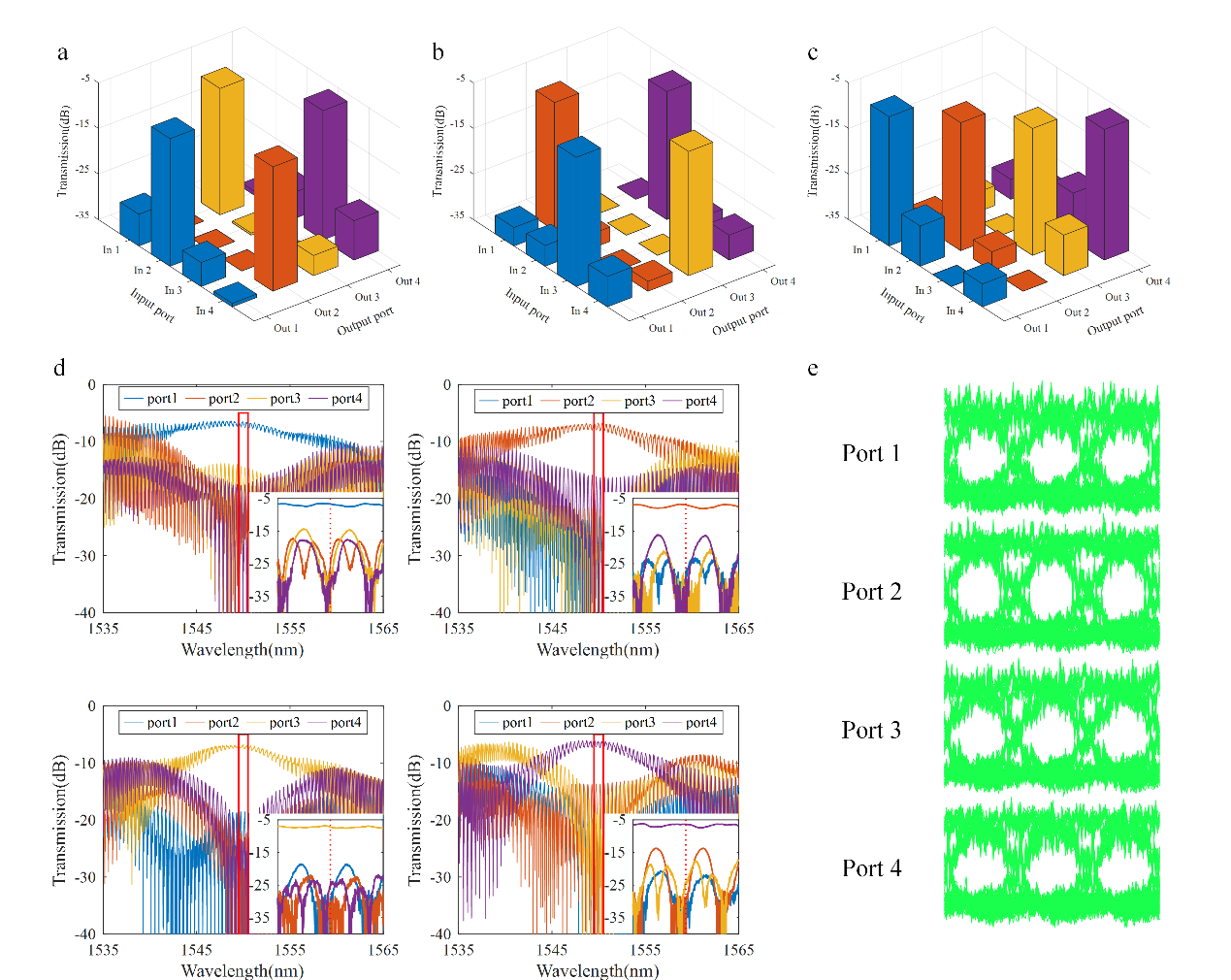 图3 |四通道时空解扰的实验结果。
图3 |四通道时空解扰的实验结果。On-chip photonic spatial-temporal descrambler¹
As an indispensable part to compensate for the signals’ crosstalk in fiber communication systems, the conventional digital multi-input multi-output (MIMO) signal processor is challenged by high computational complexity, high power consumption and relatively low processing speed. The optical MIMO, making the best of light, has been proposed to remedy this limitation. However, all existing optical MIMO methods are restricted to the spatial dimension and neglect the temporal dimension. Here, due to the speed difference (group delay) of signals in different modes during transmission in optical fibers, inter-modal dispersion is induced, resulting in inevitable temporal crosstalk in practical communication systems.
Therefore, we put forward an on-chip photonic spatial-temporal descrambler with four channels and experimentally verify its MIMO functions using 25 Gbps on-off keying (OOK) signals. The input signal first passes through two spatial scrambling units composed of directional couplers and a temporal scrambling unit consisting of channels with equal optical path length differences, introducing spatial-temporal crosstalk. The descrambler is composed of two 4×4 optical unitary matrix units based on Mach-Zehnder interferometer (MZI) meshes for spatial decoupling and optical delay lines with different lengths for time delay compensation (Figure 1). In virtue of the gradient descent algorithm in our previous works²⁻⁵, the descrambler can be optimized to the desired state without any inner information. Figure 2 shows the optimization process and experimental results for single-channel spatial-temporal descrambling, where the extinction ratio and waveform of the output signal gradually improve with iterations. Figure 3 demonstrates the experimental results for four-channel descrambling, where the descrambler not only compensates for spatial-temporal crosstalk but also enables switching between different routing states of the signals by configuring the voltages of the MZI network's thermo-optic phase shifters. This study extends the scope of optical descrambling to the temporal dimension for the first time, providing new opportunities for all-optical MIMO signal processing.
参考文献
1. Zhang, W. et al. On-chip photonic spatial-temporal descrambler. Chip 2, 100043 (2023).
2. Zhou, H. et al. Photonic matrix multiplication lights up photonic accelerator and beyond. Light Sci. Appl. 11, 30 (2022).
3. Zhou, H. et al. Self-configuring and reconfigurable silicon photonic signal processor. ACS Photonics 7, 792-799 (2020).
4. Zhou, H. et al. All-in-one silicon photonic polarization processor. Nanophotonics 8, 2257-2267 (2019).
5. Cheng, J. et al. Photonic emulator for inverse design. ACS Photonics, 2c00716 (2022).
原文链接:
https://www.sciencedirect.com/science/article/pii/S2709472323000060
作者信息
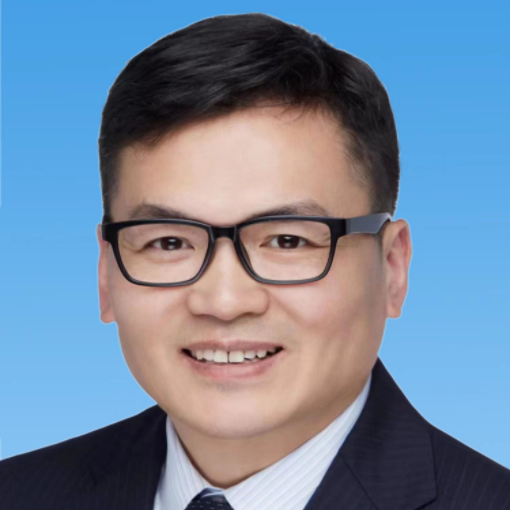
张新亮,华中科技大学教授,博导。2001年6月在华中科技大学(华中理工大学)获物理电子学博士学位。先后入选武汉市青年晨光人才、教育部新世纪优秀人才、湖北省杰出青年基金、国家杰出青年基金、国家创新领军人才等计划,美国光学学会Fellow。现任中国光学学会常务理事、湖北省仪器仪表学会理事长、国务院光学工程学科评议组成员和教育部「光电信息科学与工程」专业分教指委副主任,担任Frontiers of Optoelectronics期刊共主编,Photonics Research和Photonics Journal副编辑。2012年6月至2019年1月曾任华中科技大学光学与电子信息学院院长,2016年3月至2019年1月曾任武汉光电国家研究中心副主任,曾任华中科技大学副校长,2022年9月起任西安电子科技大学校长。
在科学研究方面,长期从事光电子器件与集成方面的研究工作,先后主持国家863计划、973计划课题、国家杰出青年基金项目、基金委重大国际合作项目、基金委重点基金项目、基金委重大科学仪器研制项目、国家重点研发计划项目等,发表了国际主流期刊论文350篇以上,发表论文被Web of Science引用超过6000次,Google Scolar统计引用超过8000次,先后主持和参与获得省部级自然科学一等奖4项,授权发明专利16项。
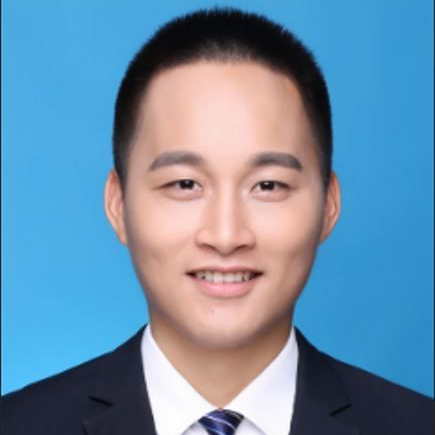
周海龙,工学博士。现任华中科技大学武汉光电国家研究中心副教授。长期从事模式处理以及光学矩阵计算相关的研究工作,目前在Light:Science and Applications,Laser & Photonics Reviews, ACS Photonics,Nanophotonics等国际权威杂志以第一作者或者通讯作者发表论文共26篇,在国际权威光通信会议如CLEO和ACP上发表会议论文多篇。这些工作被Nature旗下刊物Nature Communications、美国光学学会顶级刊物Optica、及其他SCI收录刊物共引用500多次(谷歌学术),授权专利4项,主持国家自然科学基金项目1项,主持博士后面上项目1项,2022年获得湖北省自然科学奖一等奖,入选2018年香江学者计划,并多次在国际会议获得青年科学家奖,担任Light:Science and Applications,Optics Letters等期刊的审稿人。2022年6月获2021年度湖北省科学技术奖自然科学奖一等奖。
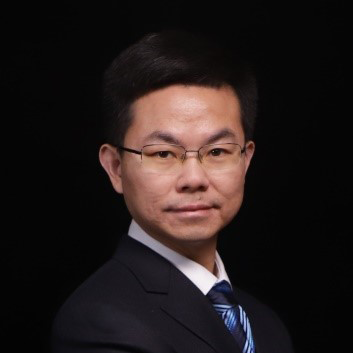
董建绩,华中科技大学/武汉光电国家研究中心教授、博导,2016年国家优秀青年基金获得者,2010年全国优秀博士学位论文奖获得者,2011年入选教育部「新世纪优秀人才」计划,2013年获得湖北省自然科学奖一等奖,2011年被《中国科学报社》授予「青年科学之星」(信息科学铜奖),2010年获得华中科技大学「学术新人奖」,2012年被华中科技大学聘为「华中学者」晨星岗教师。2008年—2010年在剑桥大学从事博士后的研究,现任武汉光电国家研究中心光电子器件与集成功能实验室主任助理。
在集成光计算、集成微波光子学等领域开展了多项开拓性研究,取得了多项创新成果。在Nature Communications、Light: Science & Applications、Physical Review Letters以及Optics Letters、Optics Express等国际权威期刊共发表学术论文100余篇,相关成果被编入通用英文教科书Fiber-optic Communication Systems第四版,被SPIE Newsroom专题报道,主持国家自然科学基金项目4项,主持全国优秀博士论文专项基金1项,参与科技部「973」项目1项,获得授权的国家发明专利4项,是自然出版集团刊物Scientific Reports编委和IET Optoelectronics编辑。

